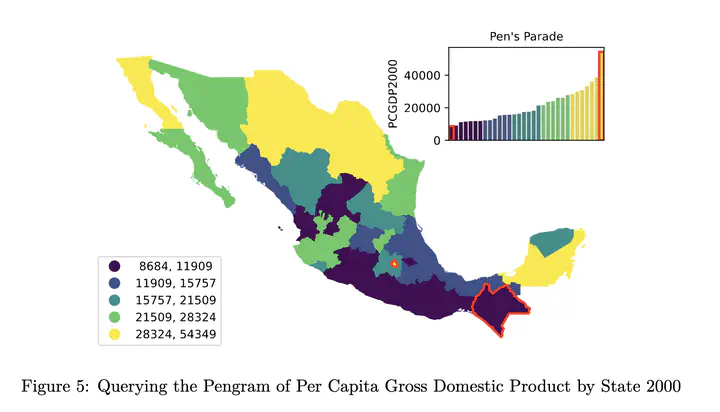
Abstract
This paper explores the concepts and computational methods used tomeasure spatial inequality, emphasizing a reproducible approach thatsocial scientists can apply to their research. The analysis focuses ongeographic income disparities at the sub-national level, using Mexico asa case study. By examining various a-spatial and spatially explicitapproaches, the paper highlights the complexities of measuringinequality across places and over time. The discussion includes a reviewof traditional inequality measures and introduces spatial decompositionmethods that account for the geographical distribution of income. Thefindings underscore the importance of integrating spatial considerationsinto inequality analysis to better understand the patterns and driversof regional disparities, thereby informing more effective and equitablepolicy interventions.